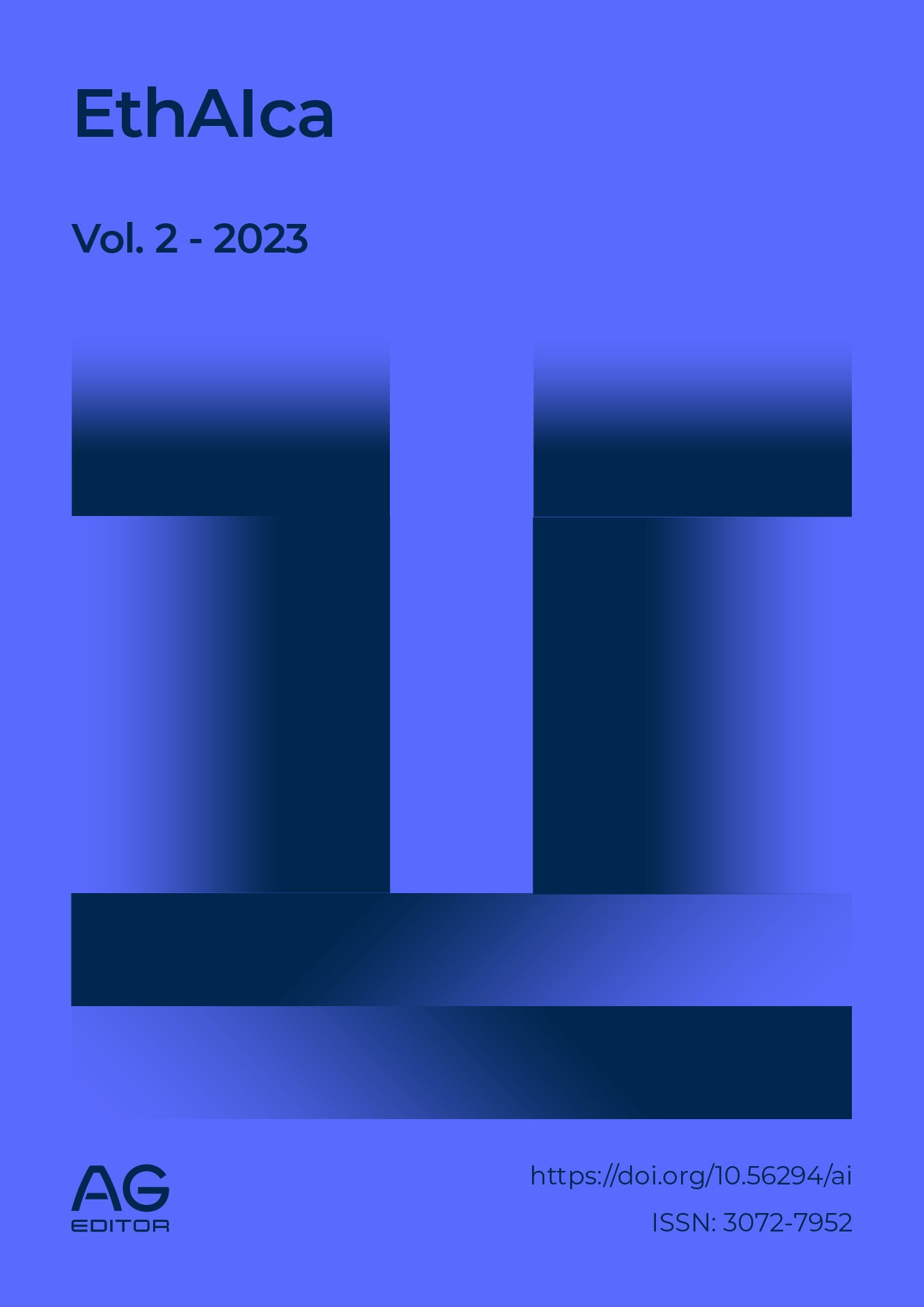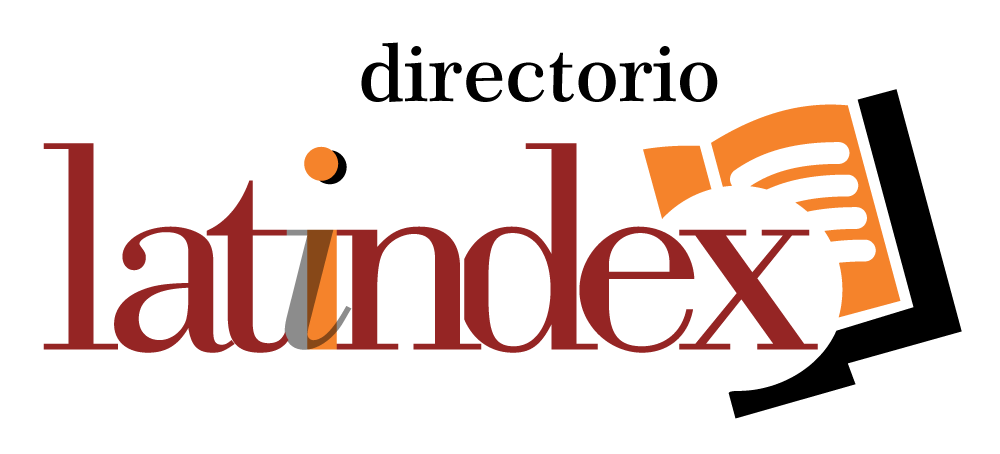AI and Climate Justice: Ethical Risks of Predictive Models in Environmental Policies
DOI:
https://doi.org/10.56294/ai202351Keywords:
Artificial intelligence, Climate justice, Algorithmic biases, Environmental governance, Public policiesAbstract
The increasing implementation of predictive artificial intelligence (AI) models in environmental policies poses critical challenges for climate justice, particularly concerning equity and the rights of vulnerable communities. This article analyzes the ethical risks associated with the use of AI in environmental decision-making by examining how these systems can perpetuate existing inequalities or generate new forms of exclusion. Through a systematic literature review of articles in Spanish and English indexed in Scopus between 2018 and 2022, four central thematic axes were identified: algorithmic biases and territorial discrimination, opacity in climate governance, displacement of political responsibilities, and exclusion of local knowledge in predictive models. The results reveal that, although AI can optimize the management of natural resources and mitigate climate change, its application without ethical regulation tends to favor actors with greater technological and economic power, marginalizing populations historically affected by the environmental crisis. It is concluded that it is necessary to develop governance frameworks that prioritize algorithmic transparency, community participation, and accountability to ensure that AI-based solutions do not deepen existing climate injustices.
References
Wong-Parodi G, Mach K, Jagannathan K, Sjostrom K. Insights for developing effective decision support tools for environmental sustainability. Current Opinion in Environmental Sustainability 2020;42:52-59. https://doi.org/10.1016/j.cosust.2020.01.005
Ulibarri N, Ajibade I, Galappaththi E, Joe E, Lesnikowski A, Mach K, et al. A global assessment of policy tools to support climate adaptation. Climate Policy 2022;22(1):77-96. https://doi.org/10.1080/14693062.2021.2002251
Pérez Gamboa AJ, García Acevedo Y, García Batán J. Life project and university training process: an exploratory study at the University of Camagüey. Transformación 2019;15(3):280-296. http://scielo.sld.cu/scielo.php?script=sci_arttext&pid=S2077-29552019000300280
Shen C, Li S, Wang X, Liao Z. The effect of environmental policy tools on regional green innovation: Evidence from China. Journal of Cleaner Production 2020;254:120122. https://doi.org/10.1016/j.jclepro.2020.120122
Ji X, Wu G, Lin J, Zhang J, Su P. Reconsider policy allocation strategies: A review of environmental policy instruments and application of the CGE model. Journal of Environmental Management 2022;323:116176. https://doi.org/10.1016/j.jenvman.2022.116176
Dudkowiak A, Grajewski D, Dostatni E. Analysis of Selected IT Tools Supporting Eco-Design in the 3D CAD Environment. IEEE Access 2021;9:134945-134956. https://doi.org/10.1109/ACCESS.2021.3116469
Gómez-Monroy CA, Cuesta-Ramírez DH, Gómez-Cano CA. Analysis of the perception of tax on the consumption of plastic bags charged in large and medium-sized establishments from the center of Florence. LOGINN Investigación Científica y Tecnológica 2021;5(1). https://dx.doi.org/10.23850/25907441.4320
Wu T, Chin K, Lai Y. Applications of Intelligent Environmental IoT Detection Tools in Environmental Education of College Students. 2022 12th International Congress on Advanced Applied Informatics (IIAI-AAI) 2022:240-243. https://doi.org/10.1109/iiaiaai55812.2022.00055
Malik A, Tikhamarine Y, Sammen S, Abba S, Shahid S. Prediction of meteorological drought by using hybrid support vector regression optimized with HHO versus PSO algorithms. Environmental Science and Pollution Research 2021;28:39139-39158. https://doi.org/10.1007/s11356-021-13445-0
Brunner M, Slater L, Tallaksen L, Clark M. Challenges in modeling and predicting floods and droughts: A review. Wiley Interdisciplinary Reviews: Water 2021;8(3):e1520. https://doi.org/10.1002/wat2.1520
Pérez-Gamboa AJ, Gómez-Cano C, Sánchez-Castillo V. Decision making in university contexts based on knowledge management systems. Data and Metadata 2022;2:92. https://doi.org/10.56294/dm202292
Anshuka A, Van Ogtrop F, Vervoort W. Drought forecasting through statistical models using standardised precipitation index: a systematic review and meta-regression analysis. Natural Hazards 2019;97:955-977. https://doi.org/10.1007/s11069-019-03665-6
Dikshit A, Pradhan B. Interpretable and explainable AI (XAI) model for spatial drought prediction. Science of the Total Environment 2021;801:149797. https://doi.org/10.1016/j.scitotenv.2021.149797
Zhang R, Chen Z, Xu L, Ou C. Meteorological drought forecasting based on a statistical model with machine learning techniques in Shaanxi province, China. Science of the Total Environment 2019;665:338-346. https://doi.org/10.1016/j.scitotenv.2019.01.431
McGovern A, Ebert-Uphoff I, Gagne D, Bostrom A. Why we need to focus on developing ethical, responsible, and trustworthy artificial intelligence approaches for environmental science. Environmental Data Science 2022;1:e5. https://doi.org/10.1017/eds.2022.5
Gómez Cano CM, Valencia Arias JA. Mechanisms used to measure technological innovation capabilities in organizations: results from a bibliometric analysis. Revista Guillermo de Ockham 2020;18(1):69-79. https://doi.org/10.21500/22563202.4550
Coeckelbergh M. AI for climate: freedom, justice, and other ethical and political challenges. AI and Ethics 2020;1:67-72. https://doi.org/10.1007/s43681-020-00007-2
Osipov V, Skryl T. AI's contribution to combating climate change and achieving environmental justice in the global economy. Frontiers in Environmental Science 2022;10:952695. https://doi.org/10.3389/fenvs.2022.952695
Byskov M, Hyams K. Epistemic injustice in Climate Adaptation. Ethical Theory and Moral Practice 2022;25:613-634. https://doi.org/10.1007/s10677-022-10301-z
Rodríguez-Torres E, Gómez-Cano C, Sánchez-Castillo V. Management information systems and their impact on business decision making. Data and Metadata 2022;1:21. https://doi.org/10.56294/dm202221
Verlie B. Climate justice in more-than-human worlds. Environmental Politics 2022;31(2):297-319. https://doi.org/10.1080/09644016.2021.1981081
Cowls J, Tsamados A, Taddeo M, Floridi L. The AI gambit: leveraging artificial intelligence to combat climate change—opportunities, challenges, and recommendations. AI & Society 2023;38:283-307. https://doi.org/10.1007/s00146-021-01294-x
Sardo M. Responsibility for climate justice: Political not moral. European Journal of Political Theory 2023;22(1):26-50. https://doi.org/10.1177/1474885120955148
Gómez-Cano C, Sánchez V, Tovar G. Endogenous factors causing irregular permanence: a reading from teaching practice. Educación y Humanismo 2018;20(35):96-112. http://dx.10.17081/eduhum.20.35.3030
Porter L, Rickards L, Verlie B, Bosomworth K, Moloney S, Lay B, et al. Climate Justice in a Climate Changed World. Planning Theory & Practice 2020;21(2):293-321. https://doi.org/10.1080/14649357.2020.1748959
Cho J, Ahmed S, Hilbert M, Liu B, Luu J. Do Search Algorithms Endanger Democracy? An Experimental Investigation of Algorithm Effects on Political Polarization. Journal of Broadcasting & Electronic Media 2020;64(2):150-172. https://doi.org/10.1080/08838151.2020.1757365
Boratto L, Marras M, Faralli S, Stilo G. International Workshop on Algorithmic Bias in Search and Recommendation (Bias 2020). In: Advances in Information Retrieval. Lecture Notes in Computer Science 2020;12036:637-640. https://doi.org/10.1007/978-3-030-45442-5_84
Gómez-Cano C, Sánchez-Castillo V. Evaluation of the maturity level in project management of a public services company. Económicas CUC 2021;42(2):133-144. https://doi.org/10.17981/econcuc.42.2.2021.Org.7
Zhang M, Wu S, Yu X, Wang L. Dynamic Graph Neural Networks for Sequential Recommendation. IEEE Transactions on Knowledge and Data Engineering 2023;35(5):4741-4753. https://doi.org/10.1109/TKDE.2022.3151618
Di W, Wu Z, Lin Y. TRR: Target-relation regulated network for sequential recommendation. PLoS ONE 2022;17(5):e0269651. https://doi.org/10.1371/journal.pone.0269651
Liu F, Tang R, Li X, Zhang W, Ye Y, Chen H, et al. State representation modeling for deep reinforcement learning based recommendation. Knowledge-Based Systems 2020;205:106170. https://doi.org/10.1016/j.knosys.2020.106170
Zhang Y, Yin G, Dong H, Zhang L. Attention-based Frequency-aware Multi-scale Network for Sequential Recommendation. Applied Soft Computing 2022;127:109349. https://doi.org/10.1016/j.asoc.2022.109349
Guzmán DL, Gómez-Cano C, Sánchez-Castillo V. State building through citizen participation. Revista Academia & Derecho 2022;14(25). https://doi.org/10.18041/2215-8944/academia.25.10601
Wellmann T, Lausch A, Andersson E, Knapp S, Cortinovis C, Jache J, et al. Remote sensing in urban planning: Contributions towards ecologically sound policies? Landscape and Urban Planning 2020;204:103921. https://doi.org/10.1016/j.landurbplan.2020.103921
Bacon A, Russell J. The Logic of Opacity. Philosophy and Phenomenological Research 2019;99(1):81-114. https://doi.org/10.1111/PHPR.12454
Sánchez Castillo V, Gómez Cano CA, Millán Rojas EE. Dynamics of operation and challenges of the peasant market Coopmercasan of Florencia (Caquetá). Investigación y Desarrollo 2020;28(2):22-56. https://doi.org/10.14482/indes.28.2.330.122
Zheng Y. Does bank opacity affect lending? Journal of Banking and Finance 2020;119:105900. https://doi.org/10.1016/j.jbankfin.2020.105900
Chin C. Business Strategy and Financial Opacity. Emerging Markets Finance and Trade 2023;59(7):1818-1834. https://doi.org/10.1080/1540496X.2022.2147779
Yin X, Zamani M, Liu S. On Approximate Opacity of Cyber-Physical Systems. IEEE Transactions on Automatic Control 2021;66(4):1630-1645. https://doi.org/10.1109/TAC.2020.2998733
Guo Y, Jiang X, Guo C, Wang S, Karoui O. Overview of Opacity in Discrete Event Systems. IEEE Access 2020;8:48731-48741. https://doi.org/10.1109/ACCESS.2020.2977992
Tovar-Cardozo G, Sánchez-Castillo V, Gómez-Cano CA. Tourism as an economic alternative in the municipality of Belén de los Andaquíes (Caquetá). Revista Criterios 2020;27(1):173-188. https://doi.org/10.31948/rev.criterios/27.1-art8
Hélouët L, Marchand H, Ricker L. Opacity with powerful attackers. IFAC-PapersOnLine 2018;51(7):464-471. https://doi.org/10.1016/J.IFACOL.2018.06.341
Koo K, Kim J. CEO power and firm opacity. Applied Economics Letters 2019;26(10):791-794. https://doi.org/10.1080/13504851.2018.1497841
Maurer M, Bogner F. Modelling environmental literacy with environmental knowledge, values and (reported) behaviour. Studies in Educational Evaluation 2020;65:100863. https://doi.org/10.1016/j.stueduc.2020.100863
Bind M. Causal Modeling in Environmental Health. Annual Review of Public Health 2019;40:23-43. https://doi.org/10.1146/annurev-publhealth-040218-044048
Wood K, Stillman R, Hilton G. Conservation in a changing world needs predictive models. Animal Conservation 2018;21(2):87-88. https://doi.org/10.1111/acv.12371
Cahan E, Hernandez-Boussard T, Thadaney-Israni S, Rubin D. Putting the data before the algorithm in big data addressing personalized healthcare. NPJ Digital Medicine 2019;2:78. https://doi.org/10.1038/s41746-019-0157-2
Urban C, Christakis M, Wüstholz V, Zhang F. Perfectly parallel fairness certification of neural networks. Proceedings of the ACM on Programming Languages 2020;4(OOPSLA):1-30. https://doi.org/10.1145/3428253
Wong P. Democratizing Algorithmic Fairness. Philosophy & Technology 2020;33(2):225-244. https://doi.org/10.1007/s13347-019-00355-w
Guayara Cuéllar CT, Millán Rojas EE, Gómez Cano CA. Design of a virtual digital literacy course for teachers at the University of Amazonia. Revista Científica 2019;(34):34-48. https://doi.org/10.14483/23448350.13314
Uygur O. CEO ability and corporate opacity. Global Finance Journal 2018;35:72-81. https://doi.org/10.1016/J.GFJ.2017.05.002
Published
Issue
Section
License
Copyright (c) 2023 Tulio Andres Clavijo Gallego (Author)

This work is licensed under a Creative Commons Attribution 4.0 International License.
The article is distributed under the Creative Commons Attribution 4.0 License. Unless otherwise stated, associated published material is distributed under the same licence.






